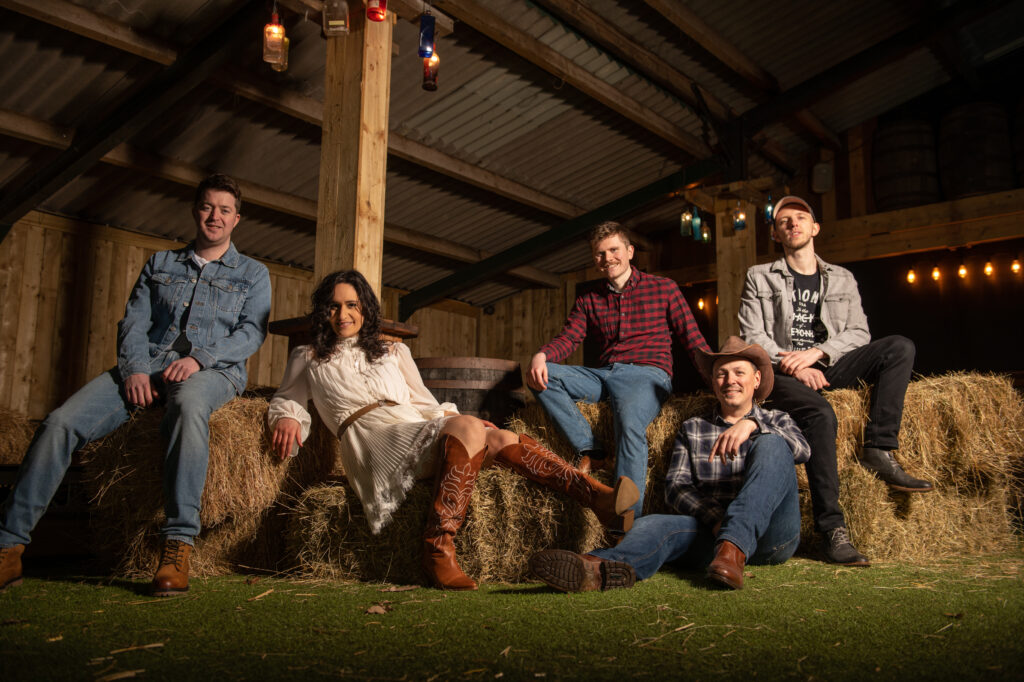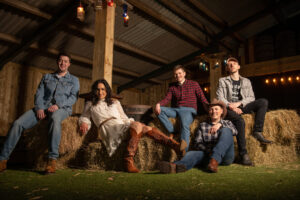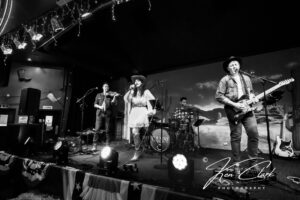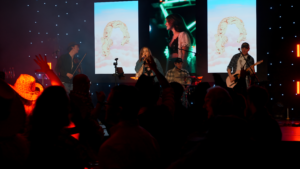From Appalachian ballads and the “Bristol Sessions” to outlaw grit, global expansion, and museum lore – here are fourteen facts that map the genre’s past and present.
1. Roots in Anglo-Celtic Folk & Hillbilly Music
Country draws heavily from English, Scottish, and Irish folk traditions carried to the Appalachian region in the 18th–19th centuries, where fiddle tunes and ballads mixed with local influences.
Originally marketed as “hillbilly music,” the genre gradually adopted the more enduring label of “country music” by the 1940s.
Sources: Britannica Kids, Wikipedia: Country music
2. A Blend of Many Traditions
The sound we call “country” was shaped not only by Anglo-Celtic folk but also by African-American blues and spirituals, Mexican and Western dance styles, Irish reels, and even Hawaiian steel guitar traditions, which gave the genre much of its signature twang.
Source: Wikipedia: Country music
3. The 1927 Bristol Sessions
Ralph Peer’s 1927 field recordings in Bristol, on the Tennessee/Virginia border, introduced Jimmie Rodgers and the Carter Family to a national audience.
The sessions are now remembered as the Big Bang of Country Music for launching the genre’s first stars and shaping its commercial future.
Source: Wikipedia: Bristol Sessions
4. The Grand Ole Opry’s Century of Influence
Launched in 1925 on Nashville’s WSM as a Saturday-night barn-dance radio show, the Grand Ole Opry grew into country’s most enduring live showcase.
Nearly a century later, it remains a cornerstone of the genre, celebrating its 100th anniversary in 2025 with events that highlight both its heritage and global reach.
Source: The Guardian
5. Radio Helped Clean Up Early Country
While some 1920s recordings featured bawdy humor and double entendres, the rise of national radio in the 1930s, backed by family-oriented sponsors, pushed artists toward cleaner, more wholesome material, helping country appeal to a wider audience.
Source: University of Chicago Press
6. First Superstars: Jimmie Rodgers & The Carter Family
Rodgers’s yodeling blues and the Carter Family’s harmony-rich ballads set lasting templates for melody, storytelling, and guitar-picking, establishing the blueprint that countless country artists would follow.
Sources: Wikipedia: Bristol Sessions, MasterClass: Country Music Guide
7. Bluegrass Firepower: Banjos, Fiddles, and Flatpicks
String-band virtuosity in the 1930s-40s spotlighted banjo rolls, fiddle leads, mandolin chops, and flatpicked guitar, with pioneers like Earl Scruggs and Doc Watson becoming icons and shaping what would evolve into bluegrass.
Source: MasterClass: Country Music Guide
8. Singing Cowboys Carried Country to the Silver Screen
Radio and film carried country music to new audiences through singing cowboys like Gene Autry, while Hank Williams’s radio hits and heartfelt songwriting cemented the genre’s mass popularity in the mid-20th century.
Source: MasterClass: Country Music Guide
9. Outlaw & Alt-Country: Rebellions That Stuck
In the 1970s, Waylon Jennings, Willie Nelson, and Johnny Cash pushed back against slick Nashville production, giving rise to the gritty Outlaw Country sound.
A generation later, artists like Townes Van Zandt and Guy Clark carried that spirit forward, shaping alt-country with a more poetic, literary edge.
Source: MasterClass: Country Music Guide
10. Country Became a Pop-Culture Mainstay
By the 21st century, country music was regularly sharing chart space with pop and hip-hop, boosted by crossover stars like Taylor Swift and Carrie Underwood, along with the rise of digital downloads and streaming platforms.
Sources: MasterClass: Country Music Guide, Wikipedia: Country music
11. Country Music Hall of Fame: A Massive Archive
Nashville’s Country Music Hall of Fame and Museum, founded in 1961 and opened in 1967, preserves nearly 200,000 sound recordings along with instruments, photographs, stage costumes, and film, making it one of the world’s largest music archives.
Source: Wikipedia: Country Music Hall of Fame and Museum
12. The Museum’s Building Is Full of Easter Eggs
The museum’s architecture is full of symbolism; the building forms a bass-clef silhouette, its Rotunda tiers echo recording formats from 78s to CDs, and design motifs throughout reference the Carter Family classic “Will the Circle Be Unbroken.”
Source: Wikipedia: Country Music Hall of Fame and Museum
13. A Streaming-Era Surge
In the U.S., country music has seen double-digit streaming growth in recent years, with its audience expanding beyond traditional fans to include younger and more diverse listeners.
Source: The Wall Street Journal
14. The UK’s Country Boom
In the UK, country’s share of the singles market rose sharply by 2024, boosted by major releases from global stars and the popularity of festivals like C2C and Highways.
Source: The Times (UK.
That growing interest is not only showing up on the charts but also in what we do at Country Bound, with more people asking for live country music at weddings and events across the UK.
If you would like to bring an authentic country soundtrack to your own celebration, get in touch with us to find out more.




